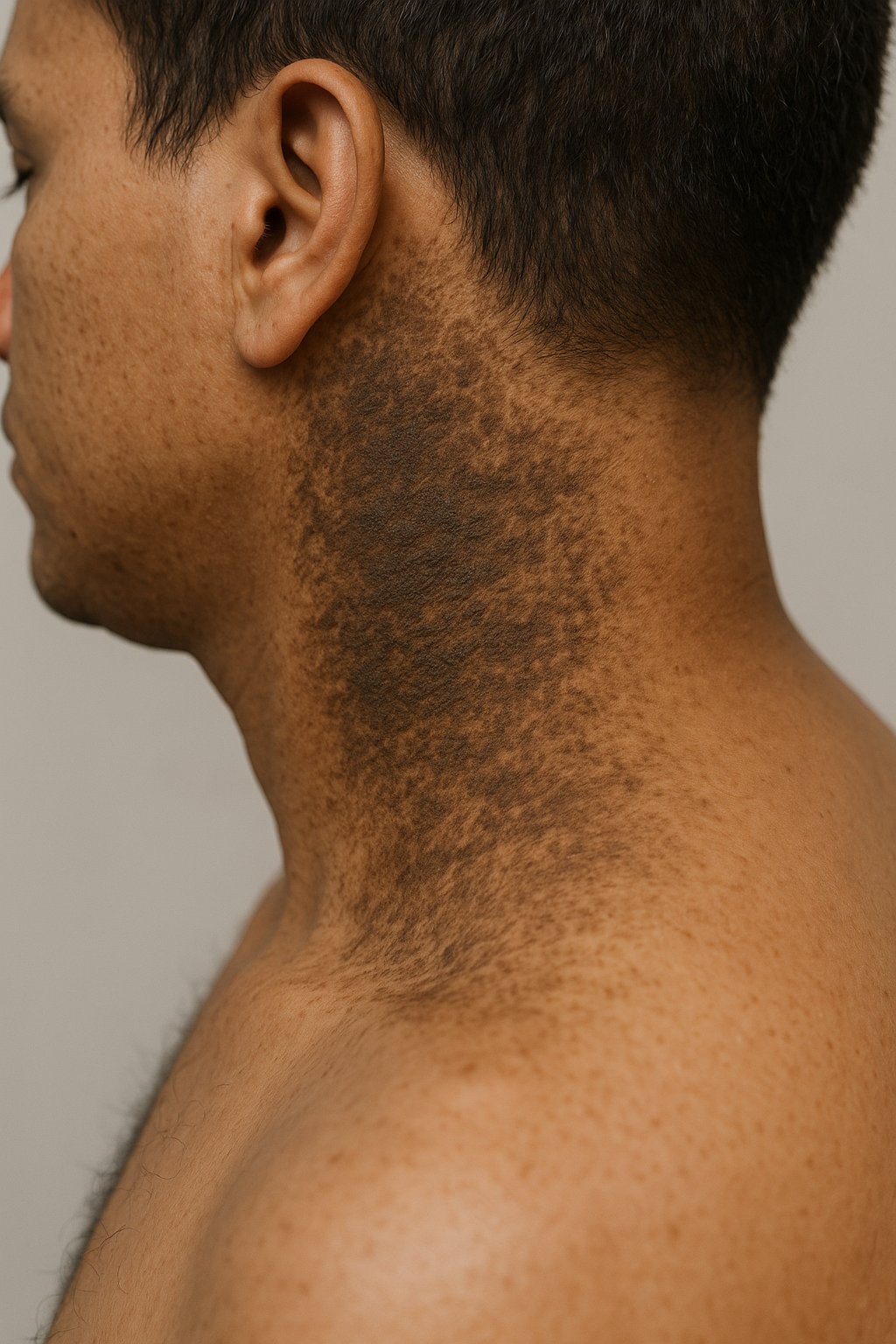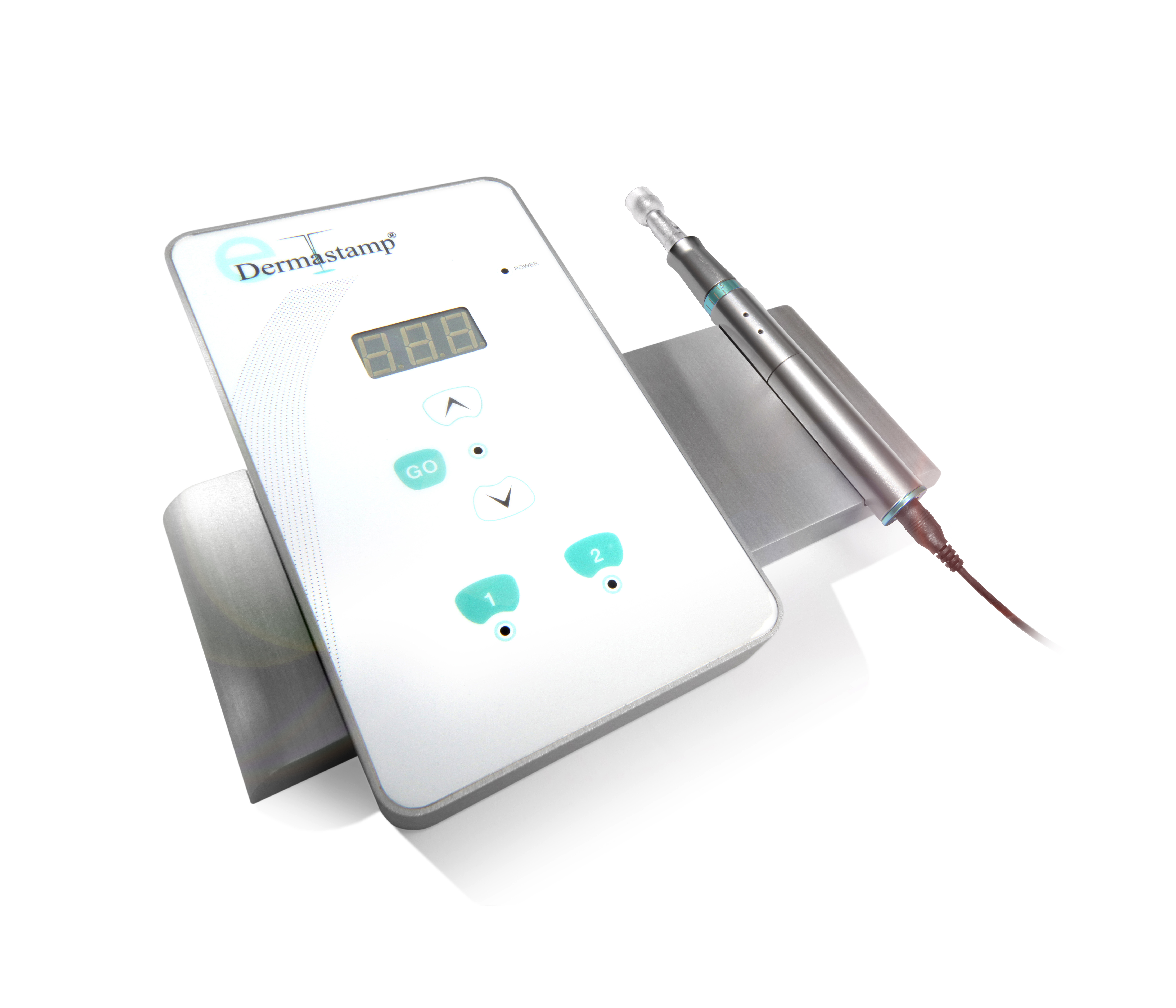Plant dermatitis, formally known as phytodermatitis, is skin inflammation caused by topical contact with a plant.
This condition can affect anyone at any age if they contact a specific plant component, such as stem, flower, bark, pollen, or fruit. Exposure can be accidental contact from brushing a Rhus tree when walking past it; from gardening and cooking activities; occupational (e.g. chefs, food handlers, fruit pickers, florists); airborne, and from using plant-based essential oils and fragrances (e.g. tea tree oil).
Plant dermatitis can be caused by chemical or mechanical irritants; contact allergens, contact urticaria, and phytophototoxicity. Chemical or mechanical irritants, such as seaweed toxins, can trigger the condition if the skin is injured and its barrier is damaged as a result. Contact allergens, such as poison ivy, primula, and grevillea, affect patients who have an immune-mediated allergy to them. Contact urticaria can be either non-immunological (e.g. formic acid in stinging nettles) or immunological (e.g. latex, the sap from rubber trees).Phytophototoxicity results from plant-derived phototoxin from lime peel oil or sap of cow parsnip.
Plant dermatitis appears as asymmetrical inflammation with cracks, scaling, or erythema. It can appear in linear or spattered patterns. The onset can be rapid if it is an acute irritant, contact urticaria, or phototoxic. Or it can be delayed when sensitisation develops in allergic contact and gradually progresses to rapid onset. Patients with plant dermatitis report burning pain, itchiness, or tingling.
Patch testing can be done to clarify or confirm the diagnosis.
The general measures for reducing plant dermatitis include minimising contact with the relevant plant by wearing protective clothing or removing that plant from the garden. Other measures include wearing sun protection and applying cold compresses to the affected area. Topical or oral corticosteroids can be prescribed for the acute inflammatory phase.
Plant dermatitis is usually reduced once contact with the implicated plant is avoided. However, postinflammatory hyperpigmentation may persist for weeks or months. A true plant allergy can last a lifetime.
Some forms of contact cannot be avoided, such as in airborne compositae allergy; and therefore, chronic photosensitive dermatitis may follow.
Centre for Medical and Surgical Dermatology offers unique and personalized treatment options for plant dermatitis for each patient.



